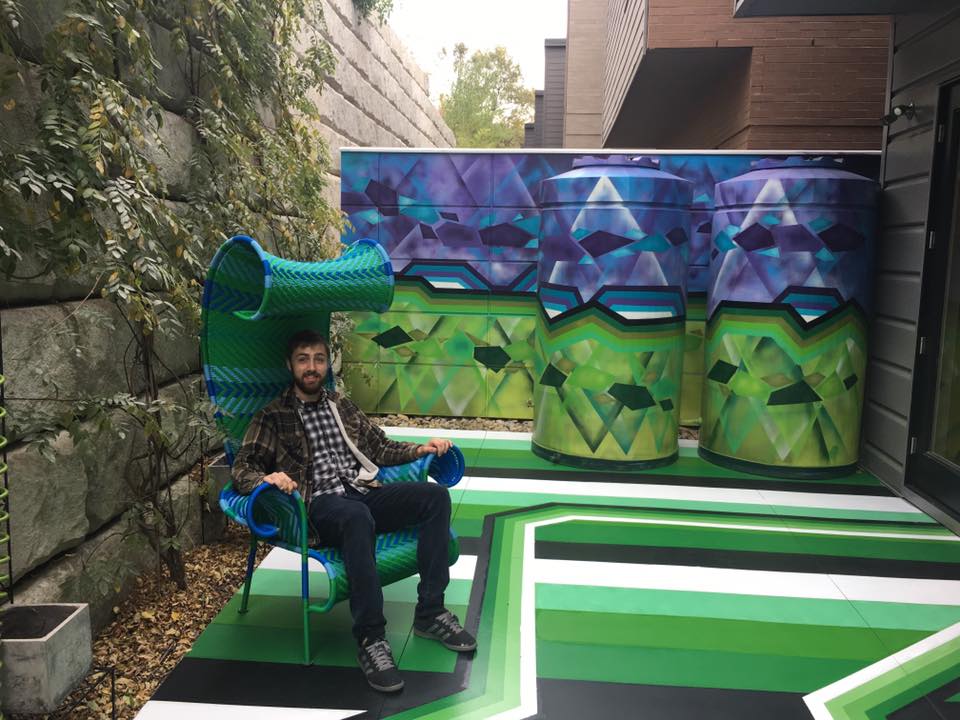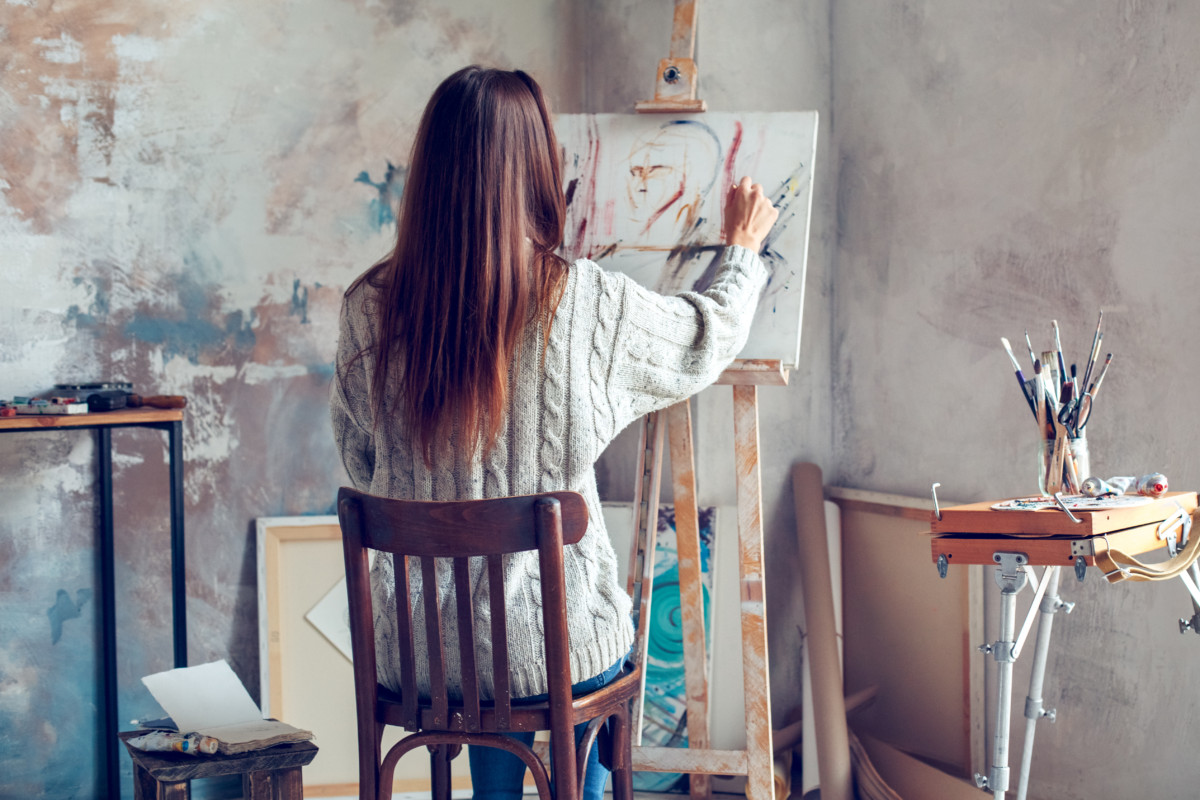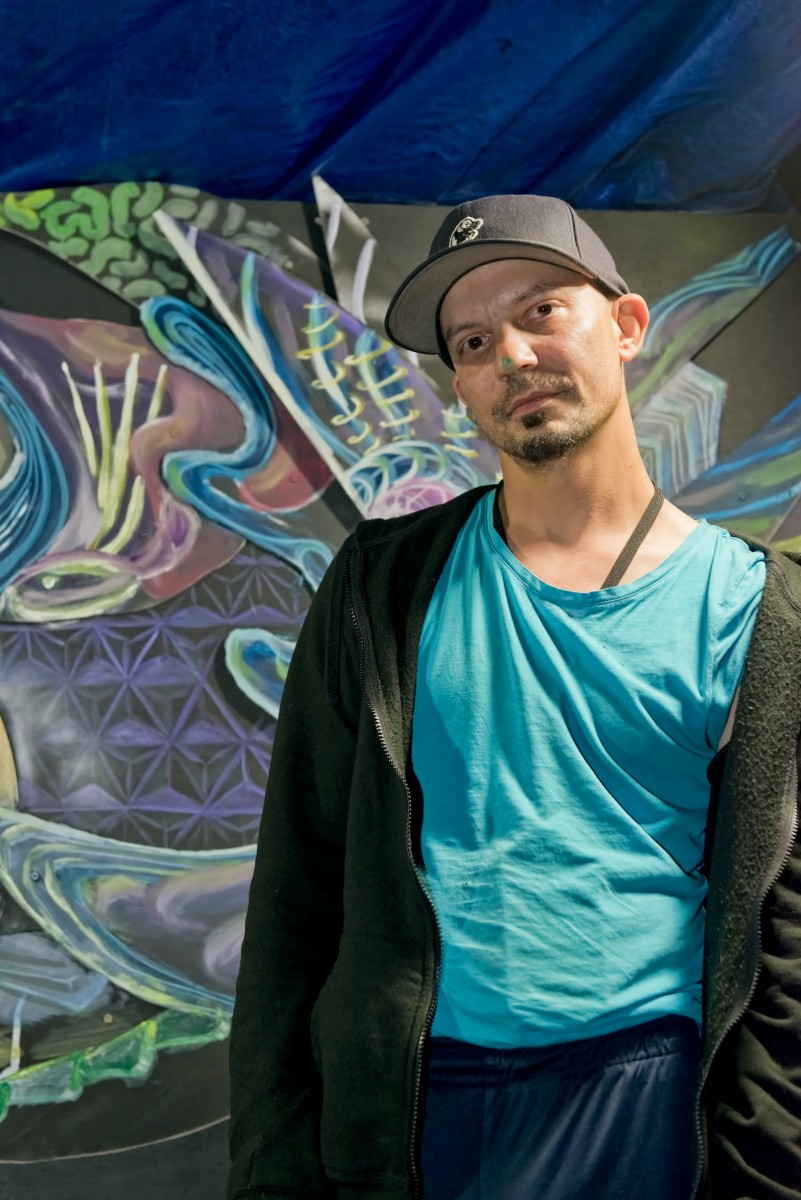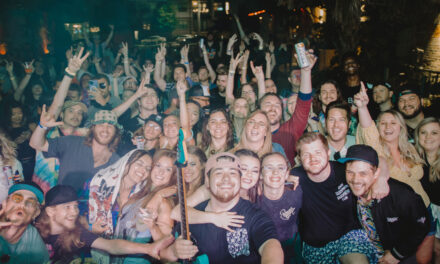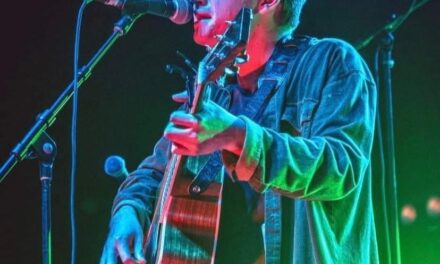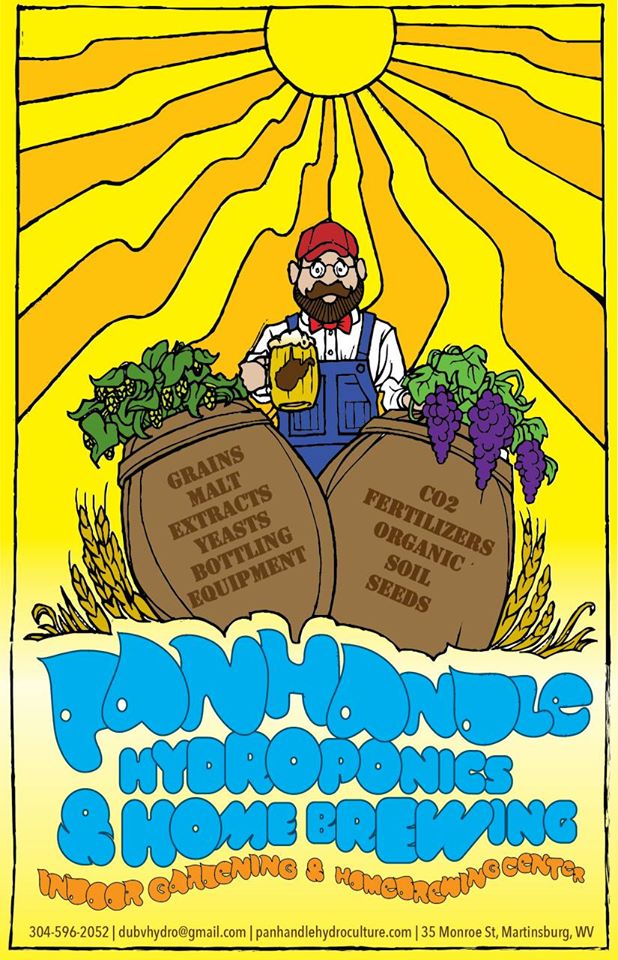
Live and Direct: On the Magnetism of Public Art
Written by Mallory Alonzo
Street art and graffiti can be found almost anywhere; on brick walls and train cars, captivating the imagination of those who stumble across it. Street art grips the attention in a way no other art form can replicate—it’s big, it’s loud, and it enters the consciousness with a grandeur that only large scale art can offer. Muralists move beyond the canvas and bring art to life on a massive scale. There has recently been a huge insurgence of street and graffiti artists joining in on the music festival live artist scene, and the merging of worlds is a recent development to take note of. Not only is their style creating a fresh new perspective at festivals, but the influence they gain from the music scene creates a fresh perspective for the street art world.
It is no wonder that so many artists are attracted to street art as a means to bring their creative expression into the public arena. North Carolina based artist Bryan Stacy, art director of The Mad Tea Party Jam, was first drawn to graffiti and street art as a unique form of communication.

“I really didn’t have a venue to express myself so I started drawing and tagging. Street art evolved from graffiti and is technically a different (mostly legal) art form where technical prowess and capabilities play a big role.”
Stacy, whose work is characterized by vibrant color and extravagant texturing, has taken on more than a few large-scale projects in his painting career. To Stacy and many artists like him, a large part of the draw is the physicality involved in street art and graffiti.
“I think the most rewarding part of graffiti is the act of painting; the physical act of art. You are running, jumping, reaching, and blasting paint as fast as you can. Street art is the same but also different. you have time to create something as amazing as humanly possible. It’s like taking on a gigantic, unusual canvas”

Painter Rob Fogle describes a similar appeal:
“I love all the intensity that comes with [street art]. Spending a lot of time atop a ladder while stretching yourself to the edge of balance to reach an area will certainly leave you with plenty of unforgettable moments… Some of the places that need art the most have that old wild west feel where anything goes, so you have to be ready for anything. I would be lying if I said I wasn’t attracted to that.”
Both Fogle and Stacy have established a notable presence not only as street artists but as live painters in the Midwest and East Coast festival circuits. As live painting continues to be an integral part of the festival experience, many street artists find themselves drawn to the added opportunity to create in a public setting.

“Street art forces you to make quick and confident decisions,” says Fogle. “While live painting you have to be confident with yourself to stand in front of people and do your thing. Art in general can leave one feeling self-conscious and full of second guesses, and it feels great to be confident in yourself and your work.”
Bringing visual art and the creative process into the public arena is alluring for artists and audiences alike. With both live painting and street art, onlookers are able to observe art in its most raw form: spontaneous, fresh, and direct. Both test and transform the limits of an artist’s capabilities.
“[Street art] pushes the art making capabilities of human beings in general,” says Stacy. “With funding, space, and no limitations on time, it is amazing what people are able to get done visually.”
As public art becomes more pervasive, many are beginning to recognize the essential role played by live painting as well as large-scale art in festival settings.

“I believe we are still breaking new ground in the integration of this art form into the festival scene,” says Stacy. “More and more it is becoming not only important, but essential to a transformational arts festival. My hope is that one day visual artists are able to assert themselves as performers as well.”
The opportunity for public expression appeals to artists at a base level, whether at a festival or on the side of a building. According to Fogle, this appeal stretches back to the dawn of time.
“I’m sure someone was banging on a drum while homeboy was painting on a cave wall,” he says.
As the relationship between music and visual art continues to grow and transform, there will always be street art, bringing art into the public consciousness with its striking presence and unique ability to stimulate the mind’s eye.

